Put Your Palms Together, and Pay Attention to This Little Detail

Hold on to your space helmets because NASA’s Curiosity rover has just stumbled upon the wildest rock formation ever! And on April Fool’s Day, isn’t that just the weirdest coincidence? The device captured some images with some rocks that look like dragon bones.
Now, let me take you back to 2012 when Curiosity made its grand entrance on Martian soil. It was like the queen bee of rovers, the biggest and most capable one at the time. And boy, has it been making waves since then! It’s even discovered evidence of water and organic molecules on Mars. These findings were giant leaps in our quest to find out if Mars ever had its own little creatures.
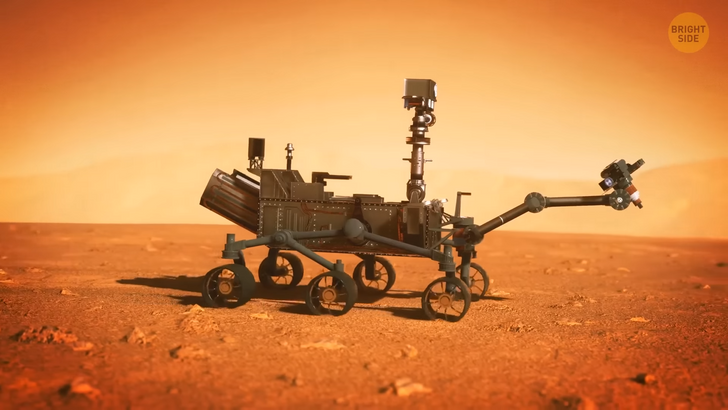
But hey, let’s not forget that Curiosity is no spring chicken anymore. It’s been trotting around Mars for a solid 11 years, and its heyday may have come and gone with the launch of the shiny new Perseverance rover. Nevertheless, Curiosity still manages to capture our imagination with its knack for spotting familiar-looking rocks.
From objects shaped like fish backbones to ones that resemble traffic lights, Curiosity has given us plenty to marvel at. But now, the internet is exploding with excitement over the jaw-dropping images from Curiosity’s mast camera. People are going bonkers over what can only be described as dragon bones! One astrobiologist acknowledged we’ve seen our fair share of weird-looking objects on Mars, but this one exceeded all expectations. The current theory is that these unique ripples on the structure were formed after a whole lot of erosion, probably caused by the Martian winds.
Now, you might be thinking, “Okay, cool, but what’s the big deal about a funky rock?” Well, for starters, it’s a reminder of just how much we still have to uncover about our mysterious red neighbor. While we’re gazing over potential dragon bones and daydreaming about interplanetary adventures, Curiosity has its serious hat on. Its main mission is to gather as much data as possible and figure out if Mars was ever a cozy home for teeny-tiny microbial life forms.
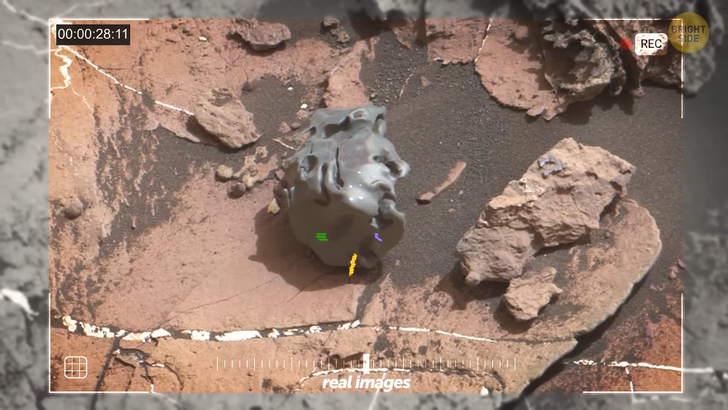
It isn’t the first time our trusty Curiosity rover has stumbled upon something truly out of this world. Our robotic explorer buddy has also given us a peak at a teeny, tiny rock on the Red Planet. It bears an uncanny resemblance to a fossilized book. Can you imagine stumbling upon a Martian library? On the 3,800th Martian day of its mission, our adventurous rover captured an intriguing snapshot of this unusual discovery. Using its nifty Mars Hand Lens Imager attached to its robotic arm, Curiosity snapped a pic of this rock that looks like it’s been plucked straight from a librarian’s wildest dreams.
Before you get too carried away with fantasies of outer space reading materials, let’s clarify the dimensions of this rock. While it may resemble a book, it’s pint-sized in comparison. In fact, it’s only a mere 1 inch across. So don’t go expecting the next Martian bestseller to hit the shelves anytime soon. It’s more of a pocket-sized edition, perfect for a quick read during interplanetary commutes. Now, before you get too excited about this discovery, do know that NASA officials commented that peculiarly shaped rocks are pretty common on Mars. Also, billions of years of relentless Martian winds have swept away everything except these uniquely shaped remnants.
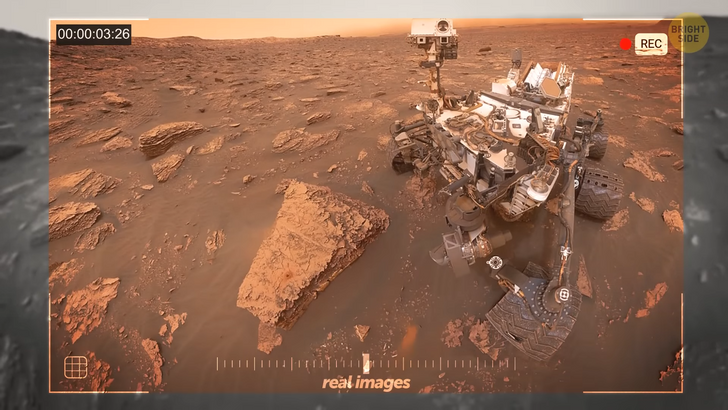
Curiosity has quite the eye for spotting unusual formations. Back in February 2022, our rover pal stumbled upon a “mineral flower” with branching patterns that looked like it had been styled by a florist. It measured a petite 0.4 inch in width. And just a few weeks later, on February 16, Curiosity managed to capture some rocky evidence of ancient lakes, featuring teeny ripples and waves frozen in time. If you thought Mars was just a desolate red wasteland, think again! Scientists have even discovered larger-scale shapes etched into the Martian surface by ancient water. For instance, there’s a rock formation that bears an uncanny resemblance to the adorable face of a teddy bear. Who knew Mars had a cuddly side? And, to top it off, there’s another rock that looks like the spitting image of the frizzy-haired cartoon character.
But Curiosity isn’t just about oddities and peculiarities. Remember that time on February 2 when the rover unveiled the first clear images of “sun rays” on Mars? Picture this: as the sun dips below the Martian horizon during sunrises or sunsets, its rays create a mesmerizing sight as they pierce through gaps in the clouds. It’s like Mother Nature’s own laser light show!
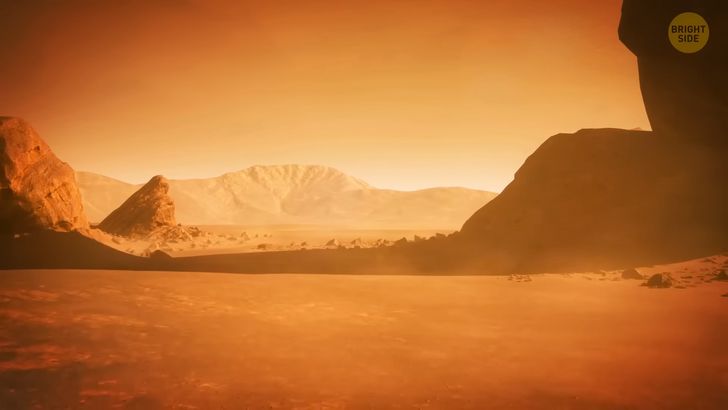
There are even images online with a so-called “doorway” on Mars! And no, it’s not a secret passage for little green Martians to hop in and out of, if that’s what you’re thinking. The internet went bonkers when Curiosity captured a snapshot that seemed to reveal an object resembling a door. Cue the weird theories and intergalactic excitement! Nothing to worry about, as experts have chimed in with a down-to-earth explanation.
According to specialists who know a thing or two about Mars geology, this particular structure is most likely the result of natural erosion. Boring answer, I know, but erosion is yet again to blame here. However, some scientists have also chimed in with a dash of humor on the matter. They pointed out that the “door” stands at a modest height of less than 3 feet. So, even if we were to believe it’s a doorway for Martians, we’d have to imagine a particular type of tiny extraterrestrial beings, like Martian hobbits!
But let’s get back to reality, shall we? The consensus among experts is that this “door” is nothing more than a shallow opening in the rock, cleverly crafted by the forces of nature. Those visible layers were likely deposited around 4 billion years ago under sedimentary conditions, potentially in a river or a wind-blown dune. The winds on Mars have been hard at work, eroding these layers over time, leaving behind the intriguing features we see today.
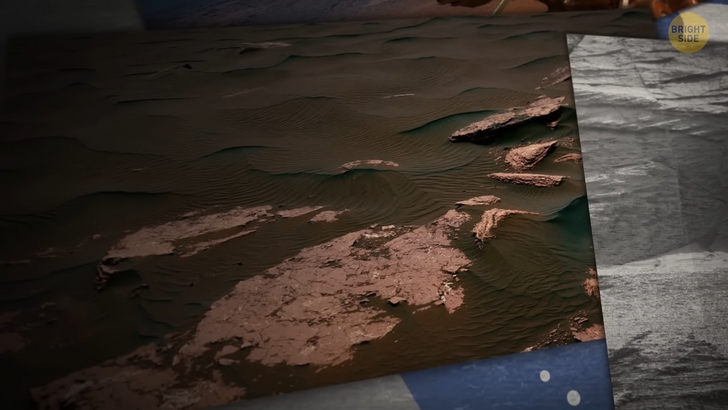
And if you look closely, you’ll notice a few natural vertical fractures scattered throughout the image. These fractures are a result of rocks weathering on Mars, and the small cave-like structure we’ve affectionately nicknamed the “door” seems to have formed at the intersection of these fractures and the aforementioned layers. It’s almost as if a gigantic Martian boulder decided to take a tumble, creating this whimsical cave entrance.
There’s also a famous Mars crater that’s not just your ordinary, run-of-the-mill hole in the ground—it’s chock-full of shiny opal gemstones! According to a cool new study, those mysterious “halos” of rock surrounding cracks in the Martian crater might actually be made up of water-rich opal gemstones. Can you imagine that? Mars, the planet of bling!
Curiosity yet again came to the rescue and did some serious snooping around. It seems there’s an ancient, dried-up lake bed on Mars that is teeming with opal gemstones. These objects could be evidence that water and rock have been having a grand old time beneath the Martian surface. Much more recently than anyone had previously thought, that is!
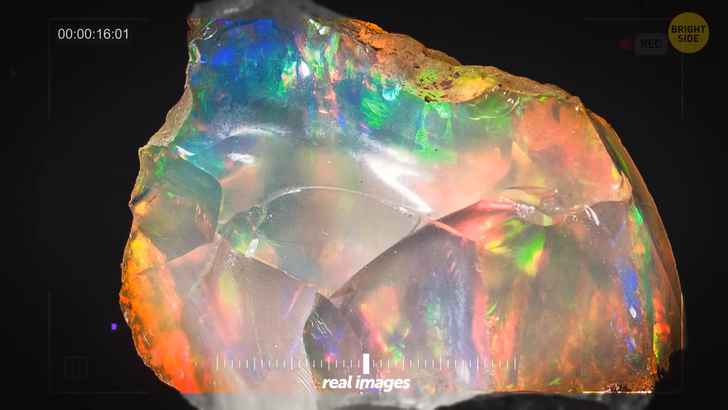
Now, when scientists start talking about water, you know they’re on the hunt for signs of life. After all, water is pretty crucial for life as we know it. But here’s the catch: water isn’t flowing on Mars anymore. So, these clever scientists have to put on their detective hats and search for geological signs that water once existed there.
What does opal have to do with water on the Martian surface? Well, to make opal, you need rocks with a whole lot of silica and some good ol’ H2O. There’s more! Researchers also dove deep into the Curiosity rover’s image archive and discovered that these opal-rich halos are not just hanging out in one spot. Nope, they seem to be spread out all over the place in Gale Crater, which is like a huge ancient lakebed. So, what did these clever scientists do next? They ran some tests, of course! Using Curiosity’s fancy instruments, they confirmed that these light-colored halos do, in fact, contain opal.
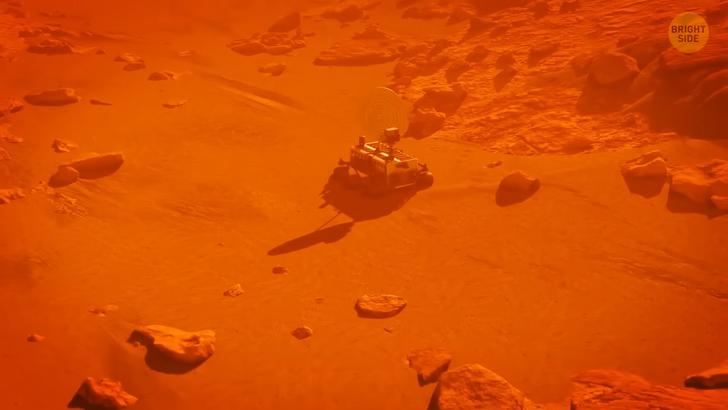
All this data and those cool fracture halo pictures from earlier in the mission led the researchers to a mind-boggling conclusion: water must have been hanging out all over Gale Crater for a long time after the ancient lake dried up. This means that life might have existed on Mars and for a bit longer than we’d been guessing. Who knows, maybe even into Mars’ modern geological period, which, get this, started a whopping 2.9 billion years ago.











